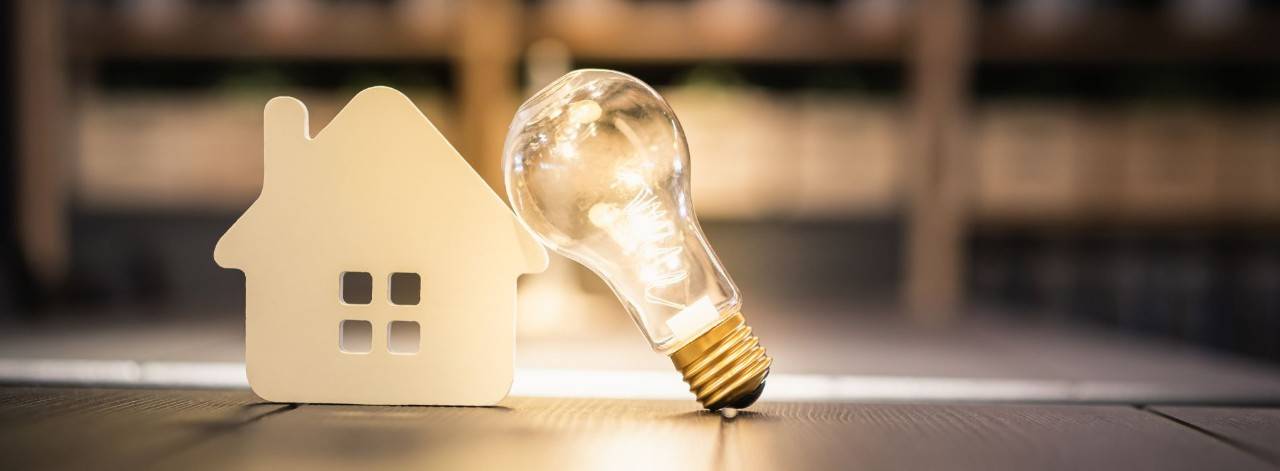Electricity
The origin of the energy we use at home.

What is phantom power?
The silent expense in the household
Phantom power represents 7-11% of the total electricity cost in Spanish households. Find out why that happens, and learn how to avoid it to save on your power bill.
Turning off unnecessary lights, keeping our home at a comfortable temperature around 20-21ºC, and using appliances bearing the A energy label are all just some of the measures that can help us cut our electricity costs. However, there's a type of energy consumption that we're not usually aware of and that continues to increase our bill every day: phantom power consumed by electrical appliances. We tell you all about it and what you can do to avoid it to achieve a more energy efficient home.
What's the phantom power used by household appliances?
Phantom power, also known as standby power, refers to the electricity consumed by certain electrical appliances and devices when we are not using them.
Even if an appliance or electronic is in standby mode, it will continue to consume electricity as long as it is connected to the general supply network.
How much electricity does phantom power account for?
In Spain, household energy consumption averages 3,487 kWh per year, of which phantom power accounts for about 300 kWh, according to data from the Spanish Institute for Energy Diversification and Saving (IDAE). According to these figures, phantom electricity consumption represents 7-11% of the total annual consumption of Spanish households.
Ways to reduce phantom energy consumption
Much more than just energy
A simple way to understand your energy, control your consumption, and make the best decisions for your home
Household appliances that use the most energy in standby mode
Dryers, dishwashers, fridges, washing machines, and TVs top the list of appliances with the highest electricity consumption, according to the Spanish Organization of Consumers and Users (OCU), but would you like to find out which appliances use the most energy in standby mode?
Electricity
The origin of the energy we use at home.

Appliances that use the most electricity
Do you know which appliances consume the most energy at home?